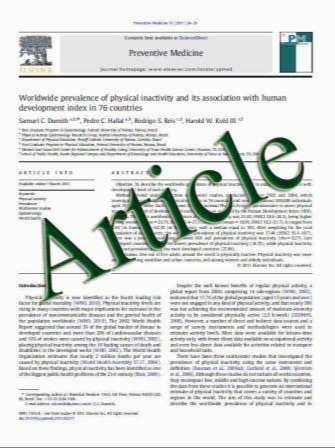Incidence and risk factors for radiocontrast-induced nephropathy in patients with hepatocellular carcinoma undergoing transcatheter arterial chemoembolization
- نوع فایل : کتاب
- زبان : انگلیسی
- مؤلف : Hyun Seop Cho Jong Woo Seo Yeojin Kang Eun Jin Bae Hyun-Jung Kim Se-Ho Chang Dong Jun Park
- چاپ و سال / کشور: 2011
Description
Background Transcatheter arterial chemoembolization (TACE) is an effective treatment for unresectable hepatocellular carcinoma (HCC); however, large volumes of radiocontrast agents are used for TACE and may induce renal dysfunction. Most patients with HCC have coexisting liver cirrhosis (LC) at the time of diagnosis. Advanced cirrhosis is characterized by peripheral vasodilatation associated with decreased renal perfusion due to the activation of vasoconstrictor systems. We retrospectively investigated patients with HCC who had undergone TACE to determine the incidence and risk factors for radiocontrast-induced nephropathy (RCIN). Methods A total of 101 patients with HCC who underwent a combined 221 TACE treatment sessions were included. Follow-up serum creatinine levels within 96 h after TACE were confirmed in these patients. RCIN was defined as an increase of at least 25% in baseline serum creatinine levels between 48 and 96 h after TACE. Results RCIN developed in 20 (9%) of the 221 treatment sessions after TACE. A univariate analysis showed that the Child–Pugh score (6.0 ± 1.3 vs. 6.7 ± 1.9, P = 0.005), ascites (14.4 vs. 40%, P = 0.008), contrast medium volume (257.3 ± 66.8 vs. 275.0 ± 44.0 ml, P = 0.009), total bilirubin (1.3 ± 1.7 vs. 3.4 ± 8.0 mg/dl, P\0.001), basal serum creatinine levels (0.9 ± 0.3 vs. 1.0 ± 0.5 mg/dl, P\0.001) and glomerular filtration rate using the modification of diet in renal disease formula (90.5 ± 21.8 vs. 88.4 ± 29.6 ml/min, P = 0.015) were significantly associated with the development of RCIN. A multivariate analysis revealed that the Child–Pugh score was associated withRCIN [odds ratio (OR) 1.5; P = 0.015]. Overall, in-hospital mortality after TACE was 4.07% (with RCIN, 30%; without RCIN, 1.5%; P\0.001). The multivariate analysis also showed that theChild–Pugh score and the occurrence ofRCIN were associated with in-hospital mortality after TACE (OR 2.8; P = 0.001; OR 26.7, P = 0.002, respectively). Conclusions RCIN after TACE was closely associated with the severity of LC. Effective preventive measures remain to be determined in patients with HCC and advanced LC who are undergoing TACE.
Clin Exp Nephrol DOI 10.1007/s10157-011-0470-9 Received: 7 February 2011 / Accepted: 25 May 2011


